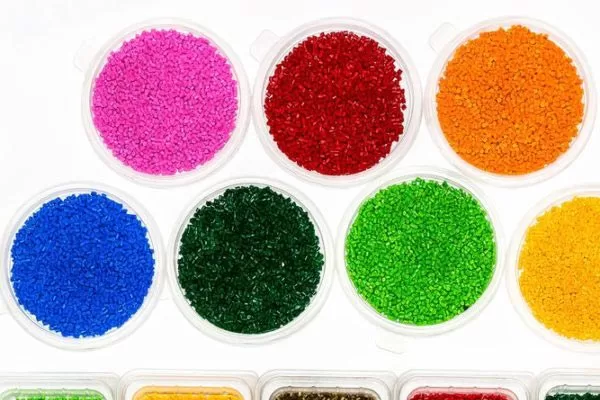When it comes to the materials being used in plastic injection molding, manufacturers and designers have almost 85,000 material to select from. You might think this is an advantage as it provides them with a large pool of options to choose from.
But in essence, it can be quite overwhelming to choose the right material that will complement your design process as well as the product. For those who are still learning a thing or two about plastic injection molding, one of the easiest ways to select the best material is to look at the material composition is the first step to choosing the best material.
Basic Facts about Plastic
There are two groups of plastic used in plastic injection molding: thermoset plastics and thermoplastics. To make it easier to differentiate between the two, always keep in mind that the thermoset contains the word “set” used in processing, which means the process is irreversible.
For thermosets, they cannot be re-melted, re-shaped, or recycled, especially if there is no use of a bio-based polymer. While on the other hand, for thermoplastics, its mold can be cooled or heated when creating a part or product.
When its components are cooled, they will reverse to its original state thus can be re-melted. This type of plastic also has the capabilities of being re-used and recycled, hence the reason why thermoplastic is the most widely used resin in plastic injection molding.
Before finally settling on a resin to be used, here are a few questions that we usually ask ourselves at Nice Rapid before deciding on a single material.
- What will be the part?
- Will it be rigid or flexible?
- Does it need to withstand pressure or weight?
- Is the part or products going to be exposed to other elements
- Are there any specific factors in its appearance?
- Will a particular finishing be required?
- Are there any regulatory requirements?

Injection molding resins
Qualities to Look For
Material hardness
The hardness property of every material can be measured on the scale to measure the hardness; a device which measures the shore hardness is used. The plastics are separated into Type A and Type D based on hardness and softness.
The scale used varies from 0 to 100; its essential to choose the right amount of hardness for correct the product application.
Material flexibility
There is a wide notion that most materials are flexible, and hard materials are mostly stiff. However, this is not the case; there is a big difference between being flexible and being soft. Flexibility means the ability to bend under immense pressure/stress without breaking while stiffness is the ability to resist bending under pressure.
Material weight
Weight is another vital factor that plays an essential role when deciding which material to go with. At the tail end, the density of the material will ultimately determine how light or heavy the end-product will be.
Cost
Cost is essential, especially in plastic injection molding. But this should not play a key role in selecting the material. It’s wise to base your decision on product application rather than cost.
Materials used in plastic injection molding have different properties, thus list their characteristics of each material before settling on one.
